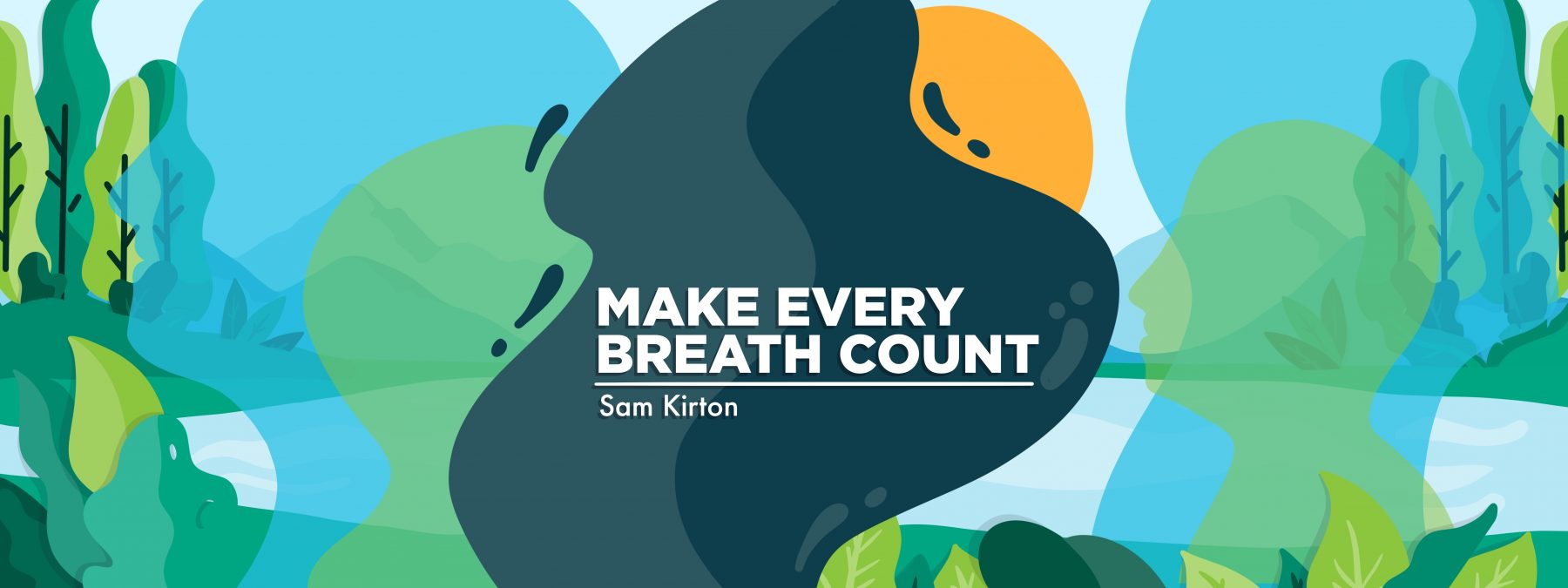After Lung Transplant, It’s Important I Monitor Daily Air Quality

Prior to my diagnosis of idiopathic pulmonary fibrosis in 2017, my day started the same way almost every morning. I’d pick up my smartphone and see how the markets performed overnight. Then I’d look for an expected opening, based on the overseas markets.
Since my diagnosis, I no longer look at the markets first thing in the morning. Instead, I look at two indicators for the kind of day I can expect: the allergy forecast and the air quality index.
Air quality
The air quality index, or AQI, is available 24 hours a day from AirNow, a government website operated by the U.S. Environmental Protection Agency. Local air quality is presented as both a numerical value and a color. Once you are accustomed to the presentation, it can almost be reviewed at a glance.
Air quality can be affected by a variety of factors, including smoke from wildfires, smog, hazardous material incidents, and particulate pollution. While air quality can have an impact on active healthy adults, its effect on those with respiratory or lung issues is even greater. Exposure to pollutants can lead to exacerbations in pulmonary fibrosis patients.
The color-coded system for air quality provides a quick reference for affected patients. If you become familiar with your personal limits, you can better protect yourself on days with bad air quality. My limit is a code yellow day, which is moderate. On a yellow day, I would still exercise outdoors. If the reason is particle pollution, I might wear a mask.
If it were an orange day, I’d limit my time outdoors and try to exercise indoors. If I had to be outdoors for an extended period, a mask would definitely be in order. As we head into summer and the heat and humidity increase, the number of days the AQI will be orange or above also will increase.
Allergies
I had seasonal allergies before my bilateral lung transplant last year. I primarily managed them with an antihistamine as needed. Now, post-transplant, allergy season seems especially fierce. To be fair, the tree and grass pollen seemed especially high this year. I can only hope that the ragweed in the fall will be gentler.
During the four or more weeks when tree pollen is present, I wear a mask when outdoors for extended periods. This year, it was heavy enough that you could see it in the air.
In a post-transplant world, my care team has me taking Zyrtec (cetirizine) and Flonase (fluticasone) daily for seasonal allergies. They do help to relieve some of the symptoms like congestion, itchy eyes, and runny nose.
Why is it important?
Idiopathic pulmonary fibrosis patients, both pre- and post-transplant, are not representative of a typically healthy population. Air quality and allergens affect us differently than the general population.
Our respiratory systems and lungs are more sensitive to anything we may inhale, whether it’s pollen or increased ozone levels, which become an irritant to our respiratory system.
Last week, I was reminded of the importance of being mindful of these numbers when daily high temperatures hit 90 degrees and above, and grass pollen numbers were in the very high range.
I was able to move my exercise routine to earlier in the day to avoid the worst heat, when the AQI and pollen numbers would be at their worst. That simple adjustment allowed me to get my exercise in and to make every breath count.
Note: Pulmonary Fibrosis News is strictly a news and information website about the disease. It does not provide medical advice, diagnosis, or treatment. This content is not intended to be a substitute for professional medical advice, diagnosis, or treatment. Always seek the advice of your physician or other qualified health provider with any questions you may have regarding a medical condition. Never disregard professional medical advice or delay in seeking it because of something you have read on this website. The opinions expressed in this column are not those of Pulmonary Fibrosis News or its parent company, Bionews, and are intended to spark discussion about issues pertaining to pulmonary fibrosis.








Kim Jacomo
Hi Sam,
My twin brother lives in Virginia and has an IPF diagnosis. He is currently on the lung transplant wait list. Today was especially difficult for him and I assumed it may be allergy season. We are all hoping for phone call soon. Anything that you would like to share in regards to the transplant or post-transplant would be awesome. Thank you, Kim
Samuel Kirton
Hi Kim,
Thanks for reading my column and your question. Where is your brother listed and receiving care? At the top of the Pulmonary Fibrosis News page there is a link to columns. If you click there you will see an archive of my columns. They deal with my IPF experience but pre and post-transplant. I will tell you pre-transplant works hard to get in the best shape possible. Post-transplant, listen to your care team. Let them know how you feel and any changes you may be experiencing.
Sam...